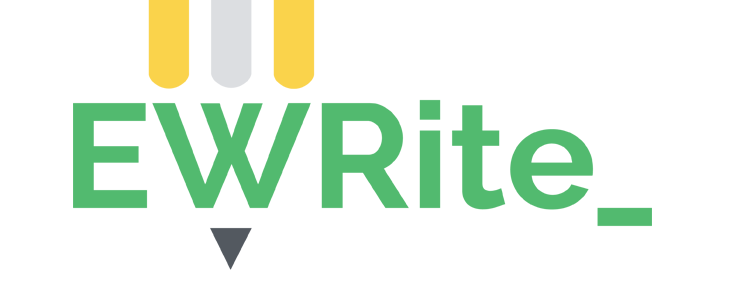2. Structure and planning
The following table presents the basic three-part structure of a critique and summarises the functions or ‘moves’ of each section. Note that your subject lecturer may require you to include or change some of the sections and moves according to different assessment purposes, subjects and disciplines.
|
Sections |
Expected moves and content |
|
Introduction
|
· Provide background information on the work being critiqued, including its purpose and significance · Define/explain any key terms · Explain why a (further) critique of the work is needed · Present your stance on the work (thesis statement) · Explain your plan for supporting your stance in the essay |
|
Main body
|
· Describe/summarize the work, highlighting key aspects · Provide an analysis of how well these aspects fulfill the purpose of the creator (as justification for your stance) |
|
Conclusion
|
· Restate the stance/thesis of the critique · Summarise the main points in support of your stance · Possibly reassess the impact of the work · Call for further research, examination, or action in relation to the work |
|
References
|
· Include all the sources cited in the text such as journal articles, books and well-recognised websites, strictly following the required referencing style |
Although the structure presented above can be a useful starting point for organizing your critique, remember that individual assignments may have extra or different requirements that should be included. Be sure to carefully read the assignment description or guidelines in order to better meet your instructor’s expectations of a critique.
As mentioned previously, an important aspect of preparing to write a critique is becoming more familiar with the work in question. This involves both a closer study of the work itself (e.g. rewatching a film, carefully rereading a story or article) and researching what experts in the field have already written about the work. In either case, you should take notes of your own thoughts and ideas that arise while revisiting the work and notes of relevant points that experts have made in journal articles and books. These will help you to arrive at some kind of initial stance in regard to your critical evaluation of the work, a working thesis statement, so to speak.
At this stage, some academic writers will draw up an outline and then begin writing a first draft. Other writers, however, might choose to revisit the work and expert sources and gather specific evidence from both in order to support their initial evaluation/stance/thesis. This further stage might also involve making adjustments to the working thesis statement so that it more accurately matches the evidence gathered. Although it requires more time and effort, this further stage can lead to a much better critique, because the evidence presented to support the critical evaluation is specific and directly relevant.
About this website
EWRite is an open access online literacy platform for PolyU community that has two major objectives:
- to support PolyU students’ literacy development within and across the disciplines
- to support subject and language teachers to implement system-level measures for integrating literacy-sensitive pedagogies across the university
This platform provides access to generic genre guides representing typical university assignments as well as links to subjects offered by faculties with specific disciplinary genres and relevant support materials.
The materials can be retrieved by students by choosing the genres that interest them on the landing page. Each set of materials includes a genre guide, genre video, and a genre checklist. The genre guide and video are to summarize the genres in two different ways (i.e. textual and dynamic) to fit different learning styles. The genre checklist is for students to self-regulate their writing process. The genre guide and checklist include links to various ELC resources that can provide further explanation to language items (e.g. hedging and academic vocabulary).
The platform also acts as a one-stop-shop for writing resources for students, language teachers and subject leaders. Information about the English Writing Requirement policy can also be found on this platform. There are training materials for new colleagues joining the EWR Liaison Team.


